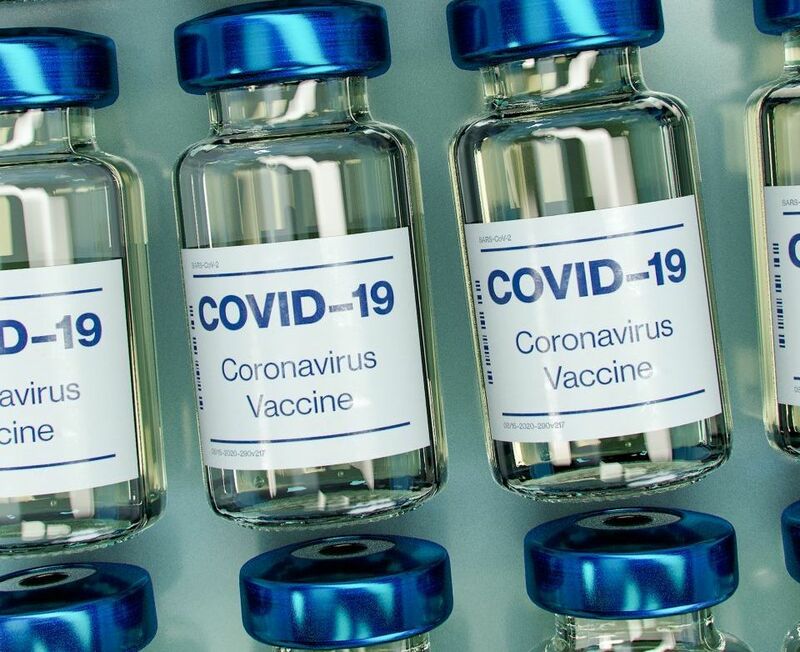
Pfizer (PFE) is among the leading pharmaceutical companies globally, and was among the few companies that developed a vaccine for the deadly COVID-19. However, the stock trades below $30 and is currently near multi-year lows. Why is Pfizer stock so low - and should you buy it for the almost 6% dividend yield? We’ll discuss in this article.
Pfizer Went Public in 1942
After remaining a private company for almost a century, Pfizer went public in June 1942, and offered almost half of its shares to public shareholders at $24.75. Incidentally, a lot of metrics related to PFE shares are not much different now than they were in the early 1940s.
For instance, the company’s current share price is only marginally higher than the IPO price. Also, it had a dividend yield of 5.1% in 1941 as a private company (based on the stock price on the day it went public), which is comparable to the current yield.
Finally, the company had a price-to-earnings (PE) multiple of 10.9x back then - which, again, is not much higher than the current trailing 12-month PE multiple of 9.87x.

Why Is Pfizer Stock So Low?
On the face of it, it looks like Pfizer stock hasn’t generated much in the way of returns since the IPO. However, we also need to look at the market cap, which currently stands at around $158.6 billion - compared to the first trading day market cap of $12.4 million.
One of the reasons Pfizer stock is so low is because of the stock splits. The company has split its shares five times since the IPO, with the most recent taking place in 1999, when it completed a 3-for-1 split. However, dismal price action is also a reason why Pfizer stock is trading at depressed levels, and last month it fell to its lowest level in a decade. In fact, Pfizer was among the worst stocks in 2023, and fell over 44%.
Why Has Pfizer Stock Been Falling?
There are multiple reasons why Pfizer stock has been falling over the last couple of years after hitting its all-time highs in late 2021. First, sales of the company’s COVID-19 portfolio have sagged. In Q3 2023, while sales of COVID-19 vaccine Comirnaty were $1.31 billion - or less than a third of the corresponding quarter last year - Paxlovid sales fell by a whopping 97% to a mere $202 million.
Sales of both products trailed analysts' estimates, and the company also lowered its 2023 revenue guidance due to lower sales of Comirnaty and Paxlovid. Far from these being in short supply, last year Pfizer took an inventory writedown to the tune of $5.6 billion on its COVID-19 portfolio. It expects the combined sales of Paxlovid and Comirnaty to be around $8 billion in 2024, which is a shadow of comparable 2022 sales of $57 billion.
But Pfizer’s troubles go beyond its COVID-19 portfolio. In December, it halted the development of its twice-daily oral weight loss drug danuglipron after adverse side effects.
PFE Stock Forecast
PFE has received a consensus rating of “Moderate Buy” from analysts, and its mean target price of $35.38 is 25% above current prices. Of the 17 analysts covering the stock, only 6 rate it as a “Strong Buy,” while 1 says it's a “Moderate Buy.” The remaining 10 analysts rate the stock as a “Hold.”

Should You Buy Pfizer Stock?
The worst of the slowdown looks to be over for Pfizer, and its non-COVID portfolio is growing at a reasonably good pace. Analysts expect its revenues to rise 2% and 5.6%, respectively, in 2024 and 2025, while its earnings per share are expected to rise 48% and 22% in these years.
Pfizer has completed the acquisition of Seagen, and while the transaction added $31 billion in debt to its balance sheet, Seagen’s cancer treatment portfolio could be a long-term growth driver. PFE also has a good pipeline of new products and, despite the setback, it hasn’t given up on its obesity drug.
The stock trades at 12.5x its expected 2024 earnings, which is not particularly exorbitant.
Pfizer’s 6% Dividend Yield Is Attractive
While Pfizer’s stock has continued to tank, the company has increased its dividend by 2.4%, and now offers a dividend yield of almost 6%. In a recent interview, Pfizer’s CEO Albert Bourla quoted Berkshire Hathaway (BRK.B) chairman Warren Buffett, and said one should “buy low and sell high.” He stressed that with a 6% yield, PFE stock “is almost like a best bond in the world.” Bourla said that he has also bought more Pfizer stock, and added that he has put all his pension into the stock.
Overall, I believe that with reasonable valuations, a growing non-COVID portfolio, and expected growth from new products, including from Seagen, PFE is a stock worth considering at these prices – especially if you crave high dividend yield and are looking to buy a cheap stock for the long term.
On the date of publication, Mohit Oberoi had a position in: PFE , BRK.B . All information and data in this article is solely for informational purposes. For more information please view the Barchart Disclosure Policy here.




/NVIDIA%20Corp%20logo%20outside%20building-by%20BING-JHEN_HONG%20via%20iStock.jpg)
/Advanced%20Micro%20Devices%20Inc_%20logo%20on%20phone%20and%20website-by%20T_Schneider%20via%20Shutterstock.jpg)

/An%20image%20of%20a%20Tesla%20humanoid%20robot%20in%20front%20of%20the%20company%20logo%20Around%20the%20World%20Photos%20via%20Shutterstock.jpg)